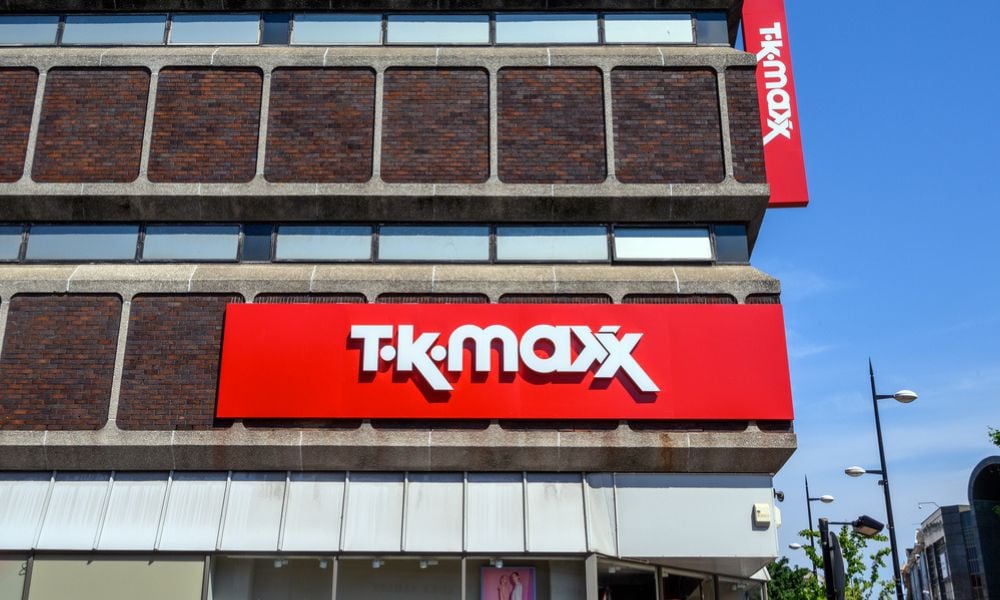As the workforce is challenged by an ageing population and skills shortages, mature age workers become increasingly valuable. Melissa Yen speaks to Errol Peters of Sunstate Cement, examining their innovative and award winning approach to an ageing workforce
As the workforce is challenged by an ageing population and skills shortages, mature age workers have become increasingly valuable. Melissa Yen speaks to Errol Peters of Sunstate Cement, examining their innovative and award winning approach to an ageing workforce
Since 1985, Sunstate Cement Ltd has maintained its operations as a supplier of over one million tonnes of cement products in support of the building and construction industry. Accompanying the organisation’s success, they have experienced high employee morale and a stable workforce, along with low turnover of production, maintenance and administration staff.
In an effort to maintain such standards, any potential risks to the successful operation of the organisation had to be identified and assessed. An HR audit was conducted in 2005 which highlighted the average age of employees, coupled with their length of service as a potential risk to the business, with 20 per cent of their employees shown to be likely to consider retiring within five years. This led to the organisation’s need to address the requirements of their rapidly ageing workforce. It was their innovative efforts that resulted in benchmark-setting work being performed by the organisation, ultimately winning the SageCo Award for Best Mature Age Workforce Implementation at the 2006 Australian HR Awards.
Recognising the problem
The majority of Sunstate employees, as wage employees, were required to provide only one week’s notice of their intentions to leave, and salaried employees were required to give only one month’s notice in order to end their employment with the company. As a consequence, Sunstate was exposed to an increased risk of losing intellectual property, including marketing, technical and operating knowledge.
“We recognised the problem and therefore took some proactive steps to deal with that,” says Errol Peters, financial controller and company secretary at Sunstate Cement.
In 2006, Sunstate decided to seize the initiative by taking an innovative approach to preparing the company for the ageing of their workforce.
A program of attack
Initiatives were designed to align the mature age workforce with business objectives, and enhance the organisation’s culture.
A team of managers and supervisors was formed and led by Peters to develop a response. The initiative was therefore specifically formed to address things such as the retention of accumulated knowledge including intellectual property, technical, operational and historical information of long-serving employees; the transfer of such knowledge from long-serving, departing employees to existing and new employees; and the transitioning of mature age, long-serving employees from full-time employment to either retirement or alternate career choices.
“What we came up with was our employee transition management system (ETMS),” explains Peters. “It encourages employees to signal well ahead of their leaving date their intention to retire. That early warning gives us time to find good replacements and have them well-trained and wanted. This way, accumulated expertise doesn’t leave the business when they retire.”
It became apparent to the team that the issue of employee transition is relevant to all ages of the workforce, as work and lifestyle changes can occur at any age with regard to career change, family changes and so on. This meant that even the sudden departure of the younger age bracket would have negative consequences for the company, Peters says. “So we provided a couple of options for employees which entailed having them disclose their intentions early, and we offered it in two different packages.”
Transition arrangements provide employees with the opportunity to transition from full-time to part-time work, flexible hours or teleworking. This is made available to those employees who have provided at least five years’ full-time service and given six months’ notice of their termination date.
The second package is a retirement package, open to anybody who has had 12 months’ full-time service and, again, required six months’ notice. Employees are also required to be around their superannuation preservation age for this. “This includes all the mature employees and the benefits they receive include financial planning and retirement coaching from a third party as well as the payment of any professional fees involved in the process. We also provide reasonable paid time off work to attend the coaching.”
A workforce-planning audit was undertaken to understand the likely number of employees who would be considering retirement or withdrawal from full-time employment over the ensuing five year period, as well as the percentage of employees who will reach superannuation preservation age within the ensuing 10 years. Overall, this allowed Sunstate to develop and understand workforce projections.
As a result, it was revealed that 20 per cent of the total workforce was reaching the age when retirement could be a consideration, and that 53 per cent of Sunstate Cement employees would reach superannuation preservation age within the next 10 years.
This indicated that the organisation needed to appreciate the contribution of employees during their time with the organisation.
Internal education and awareness programs also took place and formed part of the initiative. Employee interest was gauged through a presentation of a proposal followed by a voluntary feedback questionnaire. The response from employees demonstrated strong interest in the program, and it received the full endorsement of the board of directors.
The key is communication
According to Peters, the main challenge for HR when looking at implementing such initiatives involves ensuring that there is an effective communication process. As Peters explains, in order to overcome this, two-way communication was ensured in order to achieve successful implementation. “Firstly we had to communicate to the rest of the management and supervisory team, as they were identified as the ones who would ultimately be selling the initiatives to their department at all toolbox meetings.”
Presentations were given at toolbox meetings before everything was formalised. Following this, voluntary evaluation forms were handed out for responses and suggestions.
“An important part of the communication aspect lies in getting the whole organisation involved, allowing them to own it and have input into it.”
For Sunstate, this involvement extended to include those outside the business that may be affected by their mature age initiatives, such as the spouses of employees. “When you want to take employees along this path it is important to consider the benefit of involving not only the employee but also their spouses. We’ve actually had spouses come in with the employee to discuss their options as this is a big step in their lives and therefore not something to be taken lightly. So we found that in communication there’s a benefit to the whole partnership of the family involved and not just the employee.”
Acknowledging the benefits
The benefits for Sunstate in the establishment of this program included retention of intellectual property and business-sensitive competitive knowledge. The advanced notice of retiring employees allowed for improved communication and planning, while high productivity and morale were also maintained. The strategy also opened the gates to a new and improved recruitment, selection and training process for replacement employees.
“We have seen the benefits through the solution to our problems. The advanced communication provided benefits in terms of improved communication and planning, improved recruitment and selection of replacements, as well as improved training and management of those replacements. Through this program, we have created the opportunity to capture and transfer that non-documented knowledge that has been accumulated over the years by our mature age employees as well as their specialised skills.”
In terms of successes, Peters used the example of the organisation’s plant operator, Alan, who at 67 years of age, had been with the company for 21 years. Alan was reluctant to make a decision about where he was going at that age, Peters says. Unsure about wether to stay in work or not, while on annual leave, he repeatedly sought extensions.
“It got to a stage where we had to say no because we could see he was unsure about what he should do and we felt that the ETMS could be the ideal solution for him.” Alan was invited in along with his wife in order to discuss his options under the program. As a result, Alan has been working three days a week for the past six months and has been very positive about the experience, says Peters. “He has been glad to have received the opportunity to have six months to adjust. He’s enjoyed the part-time work and has been involved in community activities.”
It is evident that this has provided Alan with a more rounded life as the experience has allowed him to adjust to retirement more easily.
In effect, the organisation has been able to benefit from the arrangement through a smooth transition in finding and training Alan’s replacement. “We’ve had time to find a good replacement and train him up so that when Alan (who is a level five operator) finally leaves, he will not be replaced with simply a level one operator, but rather a level two or three operator.”
Having the time to seek an appropriate replacement also proved valuable to the organisation along with having Alan working with them during the transition to help take the pressure off the team that would be training the new recruit. This would also see a reduction in overtime costs associated with training a new recruit.
Maintaining success
In looking to the future, success will be a matter of continuing to communicate the benefits of the ETMS system to Sunstate employees, and involving their spouses where necessary. “From here on [our objective is] just to continue to have employees focus on what’s available and ensuring that they have given it serious consideration,” says Peters.
As part of ongoing promotion, a monthly magazine is distributed to employees and friends of the organisation which features the ETMS system and stories of how it has been effectively utilised.
For Peters, the success of this program has derived from the necessity to be in a proactive position while ensuring that the program is specific to the particular requirements of their workforce. “All organisations should do a ‘needs analysis’ in this area and then develop an initiative that will handle their particular needs in their organisation.”








